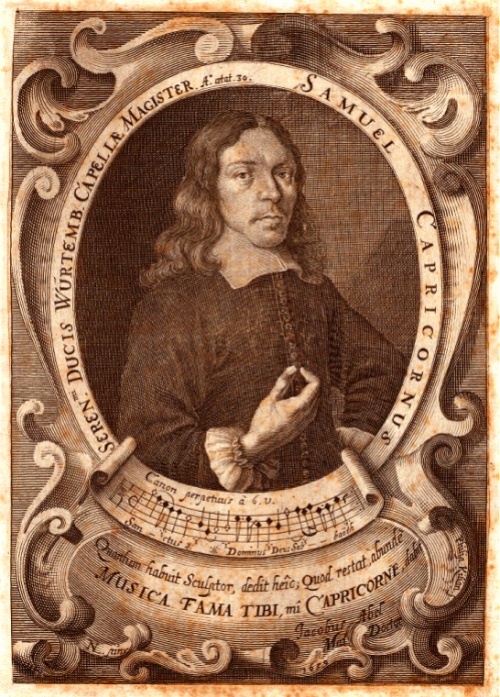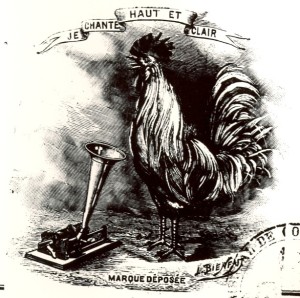An Internet questionnaire aimed at measuring Hungarian responses to Hungarian celebrity culture gathered responses from 7317 people; the results are reported in “National characteristics of Hungarian celebrity culture” by Andrea Viniczai, an article included in History of stardom reconsidered (Turku/Åbo: Turun Yliopisto, 2001, pp. 90–96).
Several of the statistics that were generated could give pause; for example, respondents overwhelmingly voted that celebrities should be scandalous (97%), while fewer than 20% believed that they should be likeable, intelligent, or decent (see above).
Particularly notable were the responses to a fictitious celebrity—Lukács Bíró, Vinczai’s dentist—among a group of 29 well-known names. 25% of the respondents claimed familiarity with Bíró, and 60% of them expressed dislike for him. He was the 8th most rejected person in the group.
Below, Jimmy Zámbó, a formerly extant, but still potentially hateful, Hungarian celebrity who is profiled in the article.










